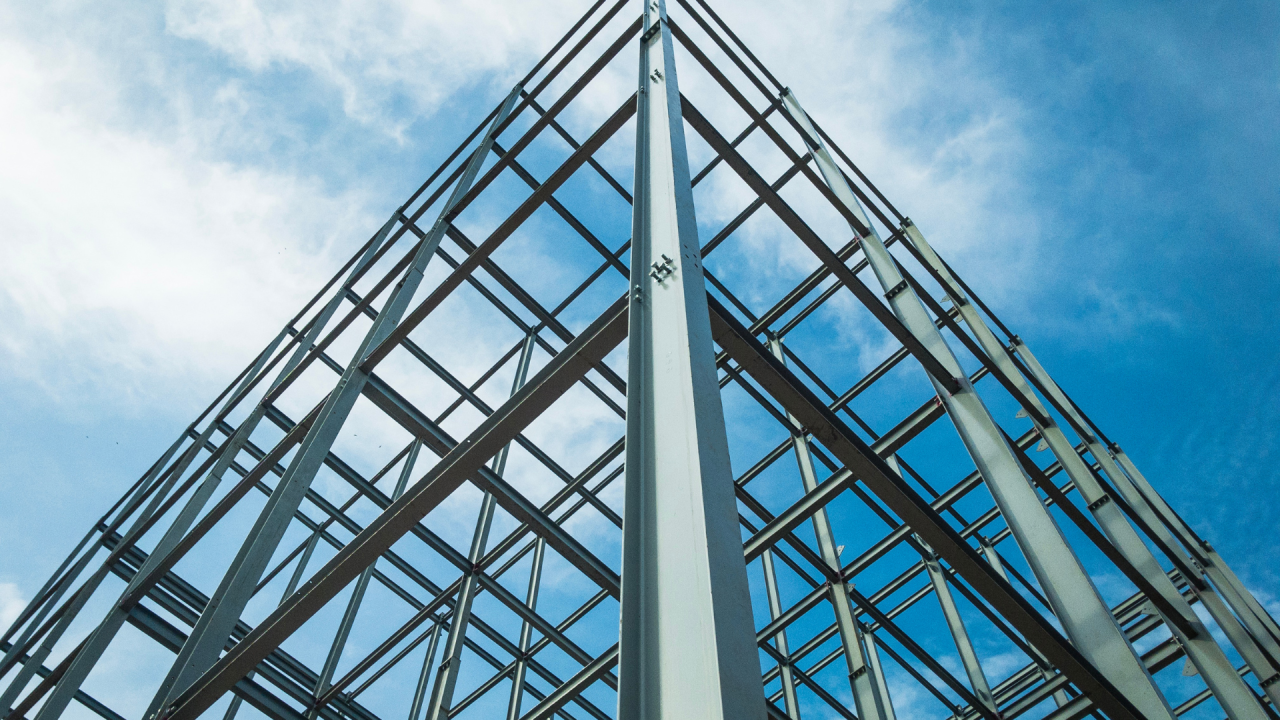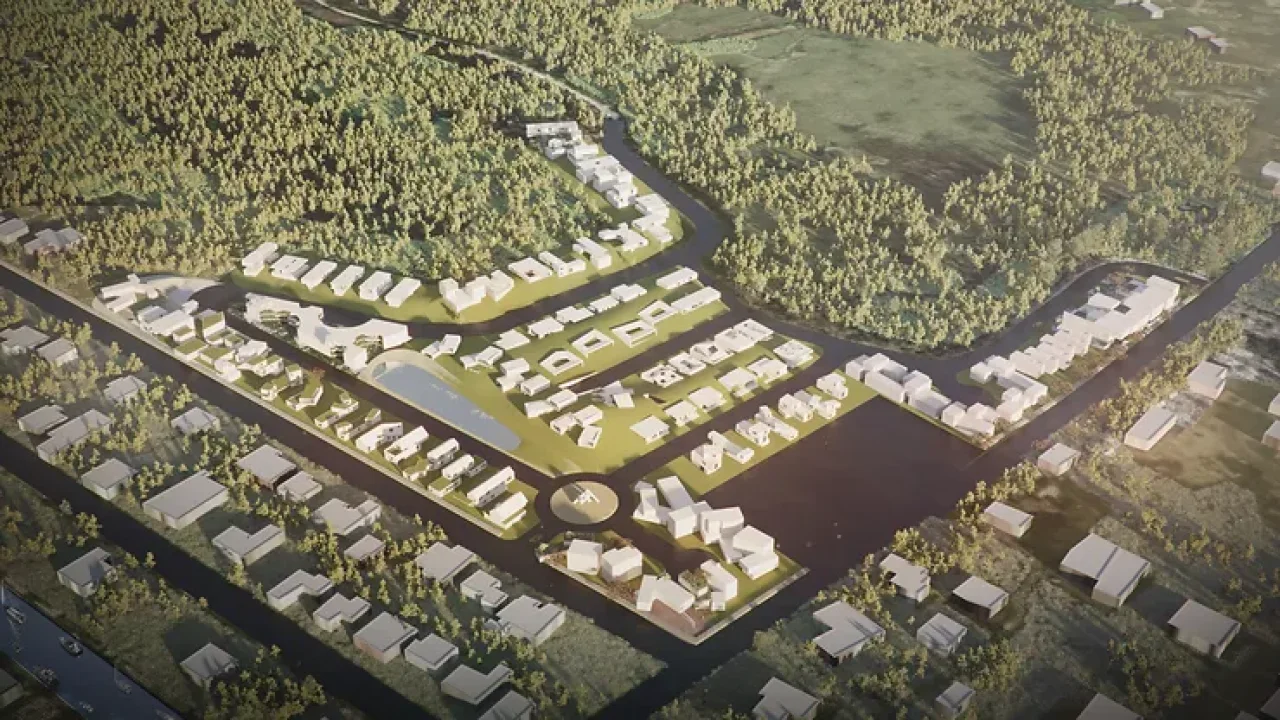Shaping Skylines: Navigating the Future Trends in Structural Engineering

Tech advancements and the urgency of climate change are revolutionizing structural engineering. Emerging trends are reshaping building design, construction, and sustainability.
This blog explores these transformative trends and their unique advantages.
Green Building and Sustainable Design
The drive towards green building and sustainable design is powered by an urgent need to address environmental challenges such as climate change, resource depletion, and habitat destruction with the construction industry responsible for 37% of global carbon emissions.
Companies like Partanna are leading the charge by developing carbon-negative concrete, which not only reduces the carbon footprint of construction projects but also absorbs CO2 from the atmosphere over its lifespan.
This approach to sustainable material innovation is crucial for the future of structural engineering, offering a path to more sustainable construction practices that can significantly mitigate the environmental impact of new buildings and infrastructure.
In addition, the use of these materials in projects can help to achieve recognition from the world's most widely used green building rating system – LEED (Leadership in Energy and Environmental Design).
The LEED certification signifies a building's efficiency and minimal environmental impact, encompassing energy use, water conservation, reduction in CO2 emissions, improved indoor environmental quality, and stewardship of resources paired with sensitivity to their impacts.
Smart Materials and Technology
The integration of smart materials & advanced technologies is revolutionizing structural engineering, enabling buildings to respond dynamically to environmental changes and enhance their longevity and performance.
A prime example of this integration is the use of sensor-embedded concrete.
Developed by the University of Cambridge's Centre for Smart Infrastructure and Construction, this technology allows real-time monitoring of concrete's health. Embedded sensors detect moisture, temperature, and strain, offering data to prevent failures. This approach transforms construction materials into self-monitoring, adaptive structures, enhancing their longevity, safety, and efficiency.
Resilience to Natural Disasters
In 2014, the ASCE/SEI Sustainability Committee defined resilience as ‘the ability to suffer less damage and recover more quickly from adverse events’.
This resilience can be achieved through several measures such as:
Modern foundations
In regions prone to seismic activity, engineers are embracing new foundation technology including seismic base isolators preventing earthquakes from traveling through a building and causing significant damage.
Smart infrastructure
Smart infrastructure utilising the Internet of Things (IoT) gives engineers access to real-time data on the structural health of a building enabling preventative maintenance.
Advanced materials
Advanced materials such as self-healing concrete, shape-memory alloys, and Partanna’s carbon-negative concrete offer transformative potential for improving resilience in structural engineering by enhancing durability, adaptability, and environmental sustainability.
In certain settings, Partanna’s use of brine as a binder helps to create a special type of hydraulic cement which not only becomes stronger when it comes into contact with seawater, it also becomes less susceptible to its degrading effect.
This makes Partanna’s carbon negative concrete particularly suitable for construction in low-lying, coastal areas.

How to Improve The Climate Resilience Of Coastal Real Estate
Modular and Prefabricated Construction
Modular construction – a process which involves producing smaller sections of a building off-site in a controlled, factory setting and assembling them on-site – is gaining popularity in structural engineering given its ability to reduce costs and construction time.
However, modular construction offers another important benefit: sustainability. Manufacturing buildings in a controlled environment allows for greater efficiency and minimal waste generation, producing approximately half the amount of waste materials as traditional construction methods.
In 2015, Time Magazine named Los Angeles’ Star Apartments one of the year’s best inventions thanks to its innovative use of modular construction where a single storey commercial building was transformed into a six-storey block housing 102 apartments with pre-installed bathrooms and appliances, first constructed in Idaho and then shipped to LA.
As urban density increases and the demand for efficient, scalable building solutions grows, modular and prefabricated construction will likely play a significant role in the future of structural engineering.
Integration of Nature and Architecture
The integration of nature and architecture, often referred to as biophilic design, is a growing trend in structural engineering. This approach emphasizes the incorporation of natural elements, such as plants, water, and natural light, into building designs to improve occupant well-being and environmental sustainability.
Set to open in 2025, the Guggenheim Abu Dhabi museum takes inspiration from barjeel – common feature of traditional homes in the UAE. These funnel-shaped wind towers are designed to bring natural ventilation to buildings, harnessing nature and helping to cool walkways and outdoor exhibition spaces.
Whilst the above is just a sampling of the massive wave of innovation taking place right now, it’s clear that the future of structural engineering is poised to embrace sustainability, resilience, and innovation.
By merging advanced materials, cutting-edge technologies, and green practices, we're on the verge of crafting skylines that are as visually impressive as they are eco-friendly and resilient.